I’m not too keen on snakes. Never been. And the first time I realized I needed a snake-related plan was during my Kumano Kodo solo hike in Japan, when next to the trail, often signs with snake warnings were posted. At that moment, I realized I had no clue whatsoever what to do in case I got bitten by a snake. In my preparations for the Jordan Trail, which runs through areas with venomous snakes and scorpions, I really needed to start reading up on how to deal with snakes and potential bite danger. The things I gathered during my reads, my talks to experts, I collected in this post: What to do if you get bitten by a snake?
For readability purposes, I chopped the post up in several parts:
- Preventing snake bites while hiking
- Preventing snake bites while camping
- What to do if you get bitten by a snake?
- What I pack to be prepared for snake bites
- Further reading
Preventing snake bites
The most important thing is not getting a snake bite at all. Getting bitten by a snake is never a good idea, so everything that can prevent this massively increases your convenience during your hike. My father (who is an avid hiker himself) would say “if you don’t want to get bitten by snakes, don’t go to an area where snakes are”. That is -obviously- brilliant advice (as is most of all fatherly advice), but unfortunately, some of the most beautiful hikes in the world (including Japan’s Kumano Kodo and Jordan’s Jordan Trail) run through snake territory.
I wrote a separate blogpost with my collected tips to prevent snake bites.
What to do if you get bitten by a snake?
So, what to do if you get bitten by a snake? Up until recently, I thought the best thing to do was compressing the bitten limb. While researching, the first thing I found out is that no first aid is much better than performing bad first aid. Don’t cut at or around the site of the bite, don’t compress the bitten limb with a cord or tight bandage, don’t attempting to extract or neutralize venom using electricity, fire, permanganate, salt, black stones, mouths, mud, leaves, etc. As I am pretty much a first aid n00b, that means I should just rather do nothing.
Ok, so you get bitten now, what?
First of all, there is a very high chance of surviving the snake bite (e.g. only 43 people per year die of snake bites in North-Africa/the Middle East per year – usually less than 1:1000 that get bitten) … as long as you get to the hospital or another place with the right antivenom in time. So your key objective is to get there as safe and as fast as you can.
- Stay calm. A lot of people just bitten my a snake injure themselves by panicking, by tripping over a rock or tree trunk, or by falling off the side of the trail. Walk, don’t run, and carefully retrace your steps to get out of the immediate vicinity of the snake and avoid the possibility of stepping on any others nearby. About 10-15 meters should be more than sufficient, the snake wants to get away as much as you do.
- Find a safe place to sit down. Be sure you don’t sit down on another snake (see the earlier point made about sitting on rocks or logs while preventing to get bitten). The venom (especially viper venom) can rapidly diffuse into your system, this can drop your blood pressure too low to pump all the way to your head while standing. Sitting down reduces your chance of fainting within the first few minutes (e.g. passing out while running and hit your head on a rock). If you faint, it shouldn’t be more than a few minutes.
- Remove any rings, watches, tight clothing and anything else from the bitten limb, because the swelling will make it a lot bigger soon. Do this because any of these items could potentially become a tourniquet when swelling makes them impossible to remove, and that could cost you the limb below whatever is choking off the supply of oxygenated blood. Tourniquets of any sort are not good for snakebite, so please don’t try to tie your shoelaces or belt or anything else above whatever part of you just got bitten.
- Take 5 minutes to calm down and plan your evacuation. The only effective treatment for a snake envenomation is the right anti-venom to neutralize it. Do not wait for symptoms to appear if bitten. Although there are some indications to whether you were bitten by a venomous or non-venomous snake (e.g. a venomous snake leaves clear fang-marks, like in the Dracula movies, a non-venomous snake has more bite-like marks; a venomous snake has different scales on its tale, has a wider, broad head), if you’re no real expert, it is often hard to tell the difference and it is better to get help asap. See next point.
- Get in touch with emergency personnel as soon as possible. It’s important to get in touch with emergency personnel as soon as possible to get you to a hospital. Your chance of serious consequences of a venomous snake bite is highly dependant on how fast you can make it to a hospital with anti-venom (which explains the different mortality rates throughout the world). If you have a cell phone and service, great, call the emergency services. If there is no service, think about the last time you had phone service. Or make sure you have a Personal Locator Beacon or Garmin InReach-like device. If this is not possible, walk slowly to get help. Drink some water and take some calories if you have any. Some snake bite victims walk several miles after serious snake bites to their legs. They make it out fine because they made it out to medical care. This is much better than waiting for help if you can’t reach anyone. Don’t let the fear of “raising your heart rate and increasing the speed of venom circulation” prevent you from moving to get to care. Be very cautious about driving yourself to a hospital, since some bites have serious side effects that could suddenly limit your ability to drive.
- Keep track of what is happening to your body. A sharpie can be a great help for emergency personnel to assess the severity of your snakebite. Circle the location of your snake bite and write down the time next to it. Draw a circle around the border of the swelling and write down the time. Write down all the things you’re experiencing that are not normal, with the time next to it (assess yourself from top to bottom and document significant findings on your person along with the time that you are observing it.). Examples are: metallic taste in your mouth, changes to sense of smell, sudden loss of vision, double vision, visual disturbances, ringing in the ears, headache, nausea and vomiting, bleeding from anywhere, dizziness, shortness of breath, etc. The most common signs and symptoms are pain and swelling. Update this info every 15 or 30 minutes as the swelling moves up the limb and your symptoms develop. Also, write down the medicins you have been taking this and previous days.

Keeping track of snake bite. Photo by Jordan Benjamin
What I pack to be prepared for snake bites
I do not pack any special snake repellant or other special gear, but do make sure, I at least pack the basics below (that I usually use for other purposes anyway):
- Permanent marker / Sharpie to mark bites and bite progress.
- Trekking poles to lift rocks, my tent, etc.
- Headlight to check my tent and surroundings for snakes and/or scorpions.
- Emergency phone/beacon (Personal Locator Beacon (PLB) or emergency device like the Garmin InReach Mini) to call in help.
Further reading
- I strongly recommend reading Jordan Benjamin’s (Resident Expert in Snakebite and Envenomations at Remote Medical International) comprehensive and well-written Quora post on what to do in case of a snake-bite and from which I borrowed many
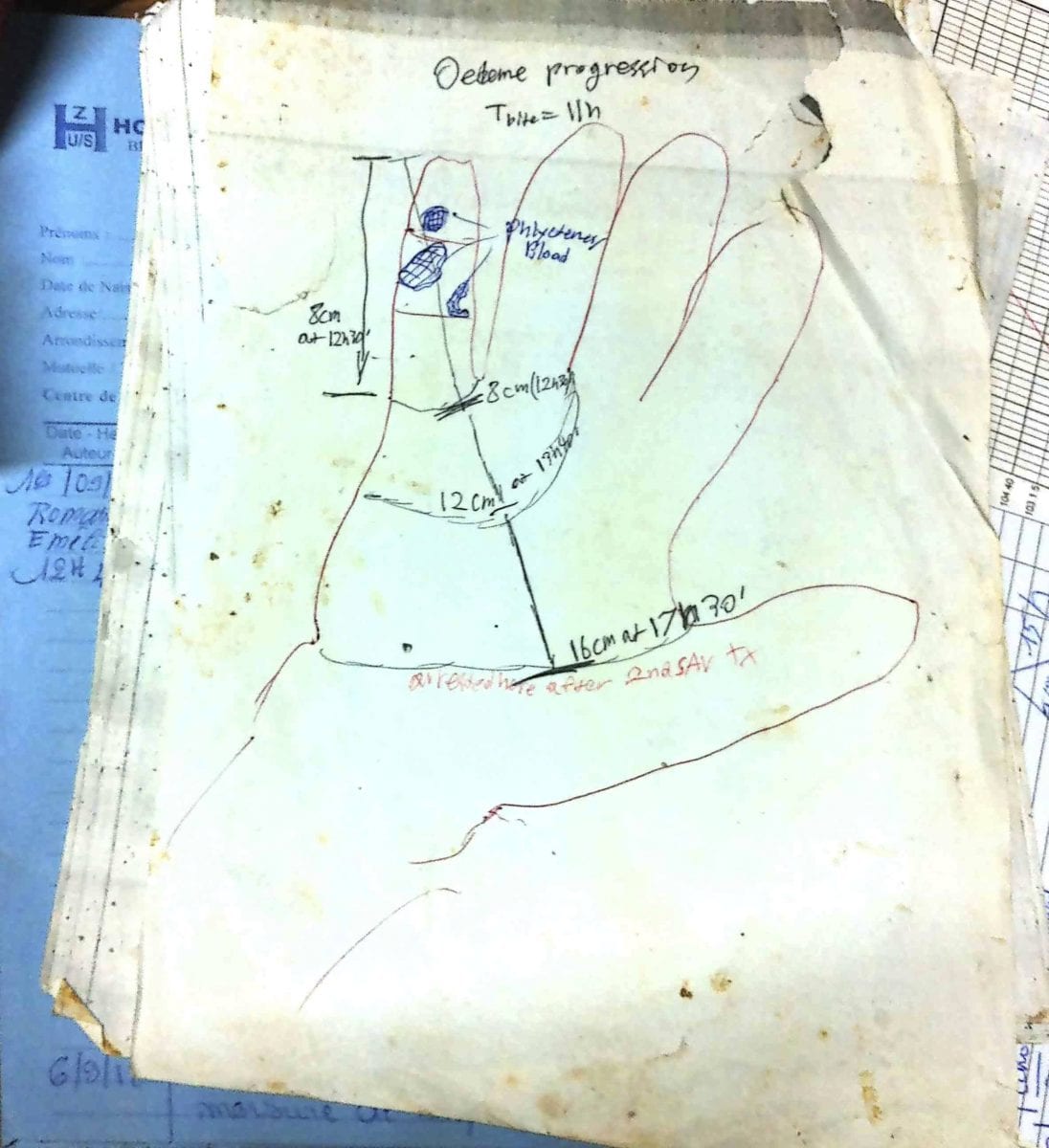
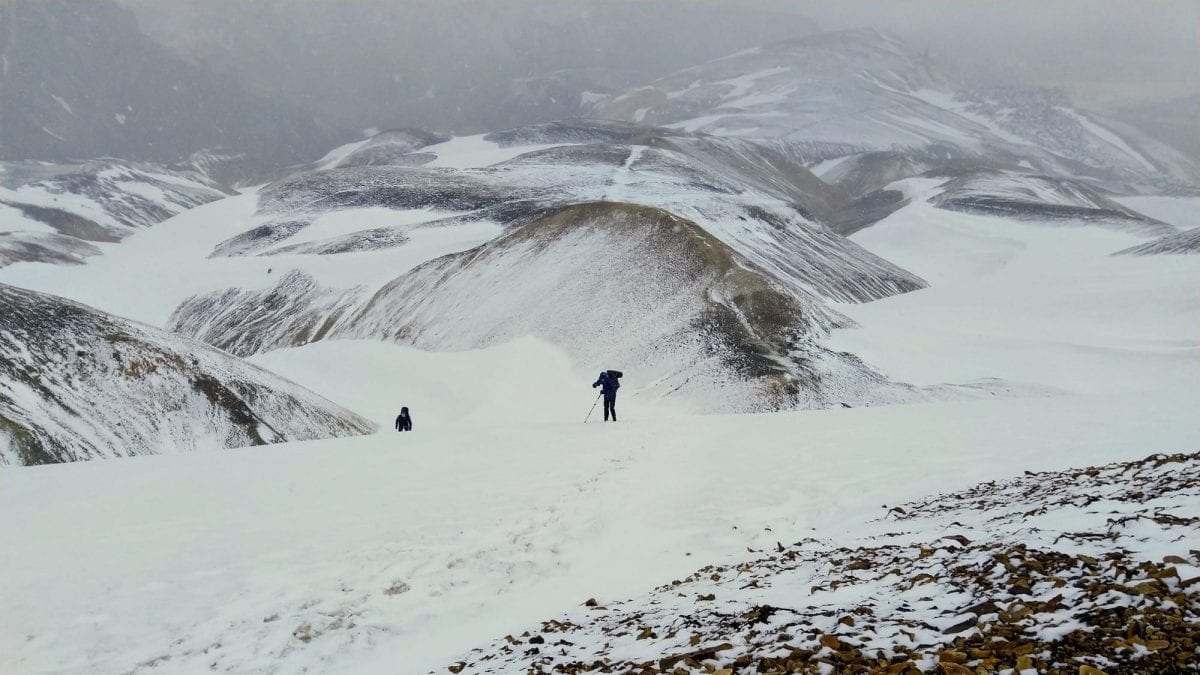
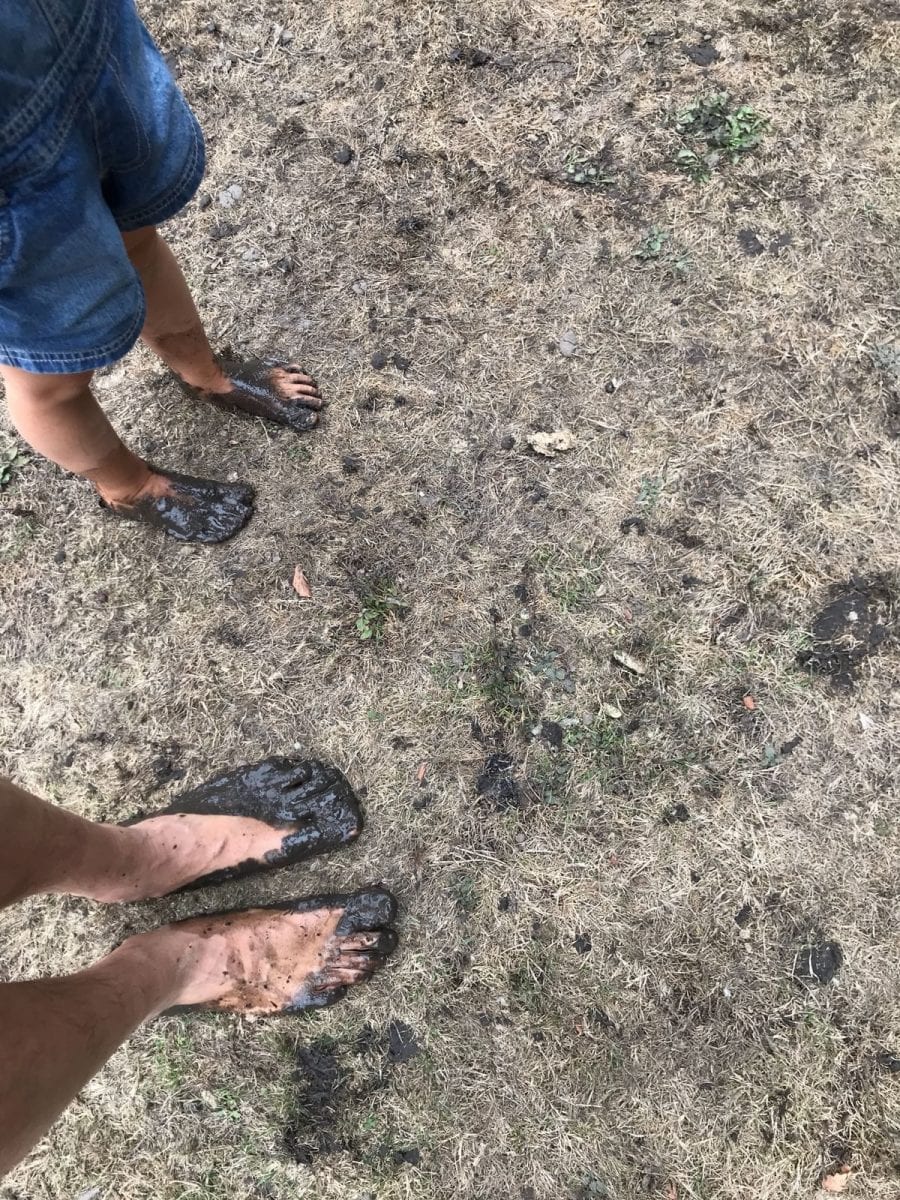

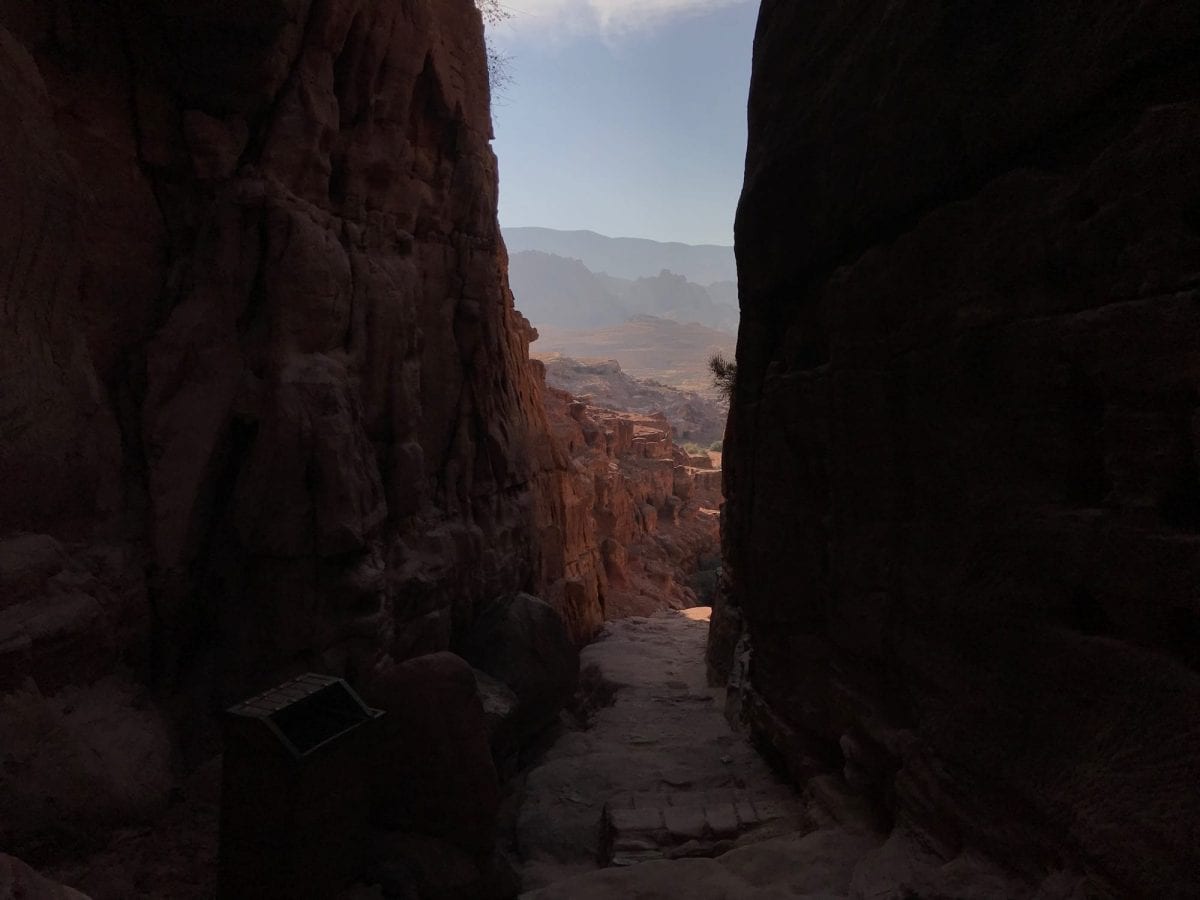
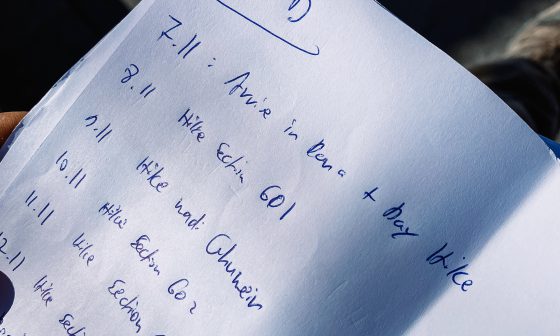
5 comments
Try to see and remember the color and shape of the snake, which can help with treatment of the snake bite.
Keep the bitten person still and calm. …
Seek medical attention as soon as possible.
Dial 911 or call local Emergency Medical Services (EMS).